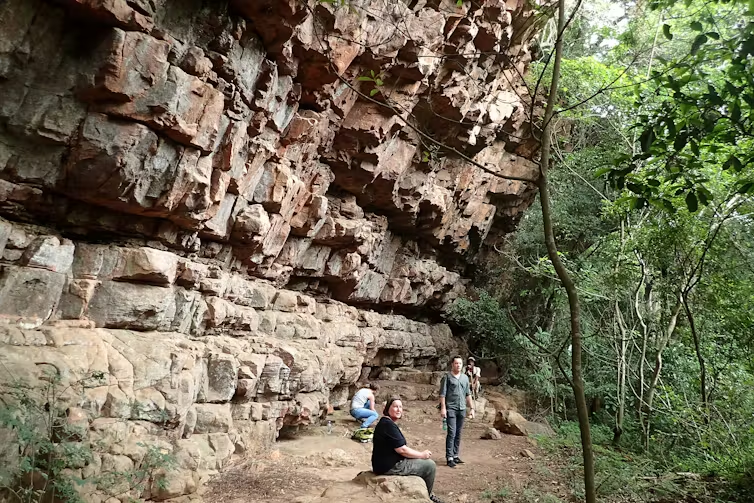Researchers have discovered that Neanderthals were predominantly right-handed, just like most modern humans. Anthropologists have analysed scratches on teeth from Neanderthals and other sites to determine that 70-95% of people are right-handed.
This preference for one hand over another appears to have deep evolutionary roots, possibly linked to the development of bipedalism and stone tool-making. However, handedness is more of a spectrum than a binary characteristic, with some people being strongly right or left-handed, and others falling between the two.
Handedness is linked to brain lateralisation, with each hand being controlled by a different side of the brain. Asymmetry and lateralisation are found in all vertebrates and some invertebrates, but humans exhibit these characteristics more extremely than other primates. There is lots of evidence that handedness has been present in humans for a long time.
For example, cave paintings around the world depict human hands, with the majority of these being left hands. Additionally, the bones of athletes such as tennis players tend to be thicker in their dominant arm due to the increased force placed on it.






